Bug Out Bag
36 Reasons Why You Should Test Your Bug Out Bag Today!
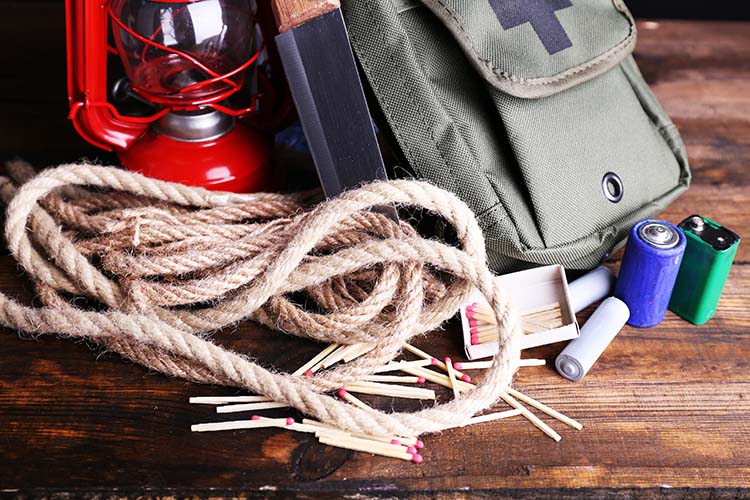
Since 2009, Lisa at The Survival Mom has been one of the most read and respected voices in the prepping community. We are excited to be sharing some of her most popular articles right here on Survival Life. Check back every Monday for her latest article so you never miss any of Lisa’s expert knowledge!
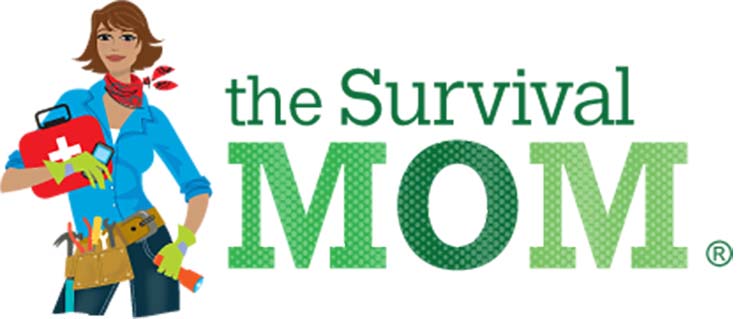
Over the last two months, on two separate occasions, I had the opportunity to test my 72-hour kit. Yes, these tests were intentional…
Testing a 72 Hour Kit…Why?
My background is one of preparedness. In the military, we made casualty response plans, then tested those plans. We called them “drills.” Now, in my post-military life, I’m CERT-trained, and FEMA IS-22 certified and both deal extensively with emergency response and preparation.
I’ve noticed many web sites that promote preparedness do not discuss testing preparedness plans. What if you create a wonderful evacuation plan, but forget some critical component, like toilet paper? Or you include something, but learn it’s not enough? Testing your kits and noting what you missed will help you make a better kit. The output from this evaluation process are your lessons learned. It is impossible to conduct a test and have no lessons learned – at the minimum you will learn that you are well-prepared.
The lessons presented below come directly from these two exercises. Some may be obvious, some may not.
30+ lessons learned from my test
1. MRE’s are good.
Meals Ready to Eat have improved dramatically over the last few years. Today’s MRE’s are actually good. The Chili with Beans MRE is some of the best chili I’ve ever had. I have to fight my kids for the Pulled Chicken in Buffalo Sauce. Ignore the serving suggestions of “main course plus side dish plus desert”. I found one main course filled me up completely.
2. A rock works as a hammer – good thing!
We have lots of rocks in the Sonoran Desert. By using a natural hammer, I saved a pound in my backpack. Make sure you find a smooth rock as the rough rocks have a tendency to scratch up aluminum tent pegs. (Using aluminum tent pegs in the hard desert soil might be a lesson also.)
3. Emergency fire starters are not fast fire starters.
I tried out the magnesium block with flint that is available from many stores. You know the ones – use your knife to shave off some metal shavings, then use your knife on the flint to create sparks to ignite the shavings/dust. This takes some time to get going. You may have better luck with firestarters with built-in ignition or this fire making system.
4. A cell phone is a very poor clock.
If you are out of digital service range, your phone will switch to analog mode and drain the battery faster. Since Murphy is with you (“What can go wrong, will”), when you are out of digital service range, the battery will deplete at 4:30am and your phone will start beeping to tell you that it’s low on battery. 4:30 is too early to get up. Best bet is to turn it off and use it when necessary. Use your Casio G-Shock watch for your alarm.
5. Bring required medicines.
On my first trip, I forgot my allergy medicines. Since I’m allergic to dust, this made the weekend of desert living rather miserable. I brought the medicine on the second trip and life was good.
6. A dead cactus makes a bad cooking fire.
It burns too fast, so the fire must be constantly fed. I used up about 1/2 of the cactus to prepare 4 meals.
7. Gloves are important.
Even the $2 gloves from Harbor Freight are useful, but they don’t last very long. I use the gloves to sheath my scissors (see next lesson) and to protect my hands from wood splinters.
8. Redundant cutting tools are important.
I lost my Leatherman, but had my skinning knife and scissors. I later found the Leatherman, and on a subsequent desert hiking trip, lost the skinning knife. Since I had the Leatherman, life was still good, but planning for these types of mishaps would be a good thing. They’re sure to occur.
9. Solid fuel stoves will not heat a pint of water to a rolling boil in 8 minutes, despite the claims by the manufacturer.
It will get pretty hot, though, almost to the boiling point. Your altitude will definitely affect this.
10. Powdered Gatorade is wonderful for quenching thirst and restoring energy.
So are the MRE powdered drinks. 1 oz Gatorade packets are pretty expensive – a large container can be subdivided for a lot less then a buck an ounce.
11. Rolled up clothes do not make a comfortable pillow.
They are very hard. Nice idea but it doesn’t work well in reality. At least not in my reality!
12. A shemagh is a great pillow case (for my new inflatable pillow).
13. Shemaghs help keep you warm at night and cool in the day.
14. A folded shemagh
This can be used to protect your dromedary pack from any sharp items (scissors) in your pack.
15. Two person tents aren’t…
…unless both people are small. My two person tent is barely big enough for me and my backpack. However, it is light and works well in the desert to keep the crawling, stinging critters out. Speaking of crawling, stinging things, you do keep your pack inside the tent, right? Last thing you want is to find a grumpy scorpion when you put on your pack.
16. Water consumption will vary.
It can easily approach 2 gallons per day in the desert in the sun, but can be as low as 3 liters per day in the winter, even with the same activity level.
17. A 16 oz wide-mouth plastic bottle is very useful for mixing Gatorade.
It also accommodates the SteriPEN FitsALL Filter.
18. Transpiration bags need to be large and secured with paracord.
Tape will release in the sun and you will lose your collected water.
19. MRE‘s heat quickly (10-15 minutes) in full sunlight but not on cloudy days.
They heat well in the coals of a small fire, but not very fast on the rocks surrounding the fire. Warning: MRE’s are packaged in propylene bags and care must be exercised not to let them melt or burn. Spring-loaded document clips (those black paper clips made from spring steel that have handles can be used to clip an MRE on your backpack so it can absorb sunlight and heat up.
20. Newspaper has multiple uses.
Wrapping a full day of MRE’s in two sheets of newspaper gives you fire starter and segregates your food into thoughtful daily selections. (Hint: You need to prepare all your MRE’s this way ahead of time.) Wrap the newspaper with a rubber band. I used duct tape the first time, but this creates waste that cannot be burned.
21. Ensure your scissors and knives are sharp before you leave.
Dull knives are irritating and dangerous.
22. Setting up camp takes longer than you think…
…unless you’ve done it several times. Add an hour or two if this is your first time. Allow ample time to find a suitable place to pitch your tent. Pitching your tent in a wash is double stupid – they are cooler and attract animals, and are subject to flash floods.
23. Instant coffee and hot chocolate can be pre-mixed and vacuum sealed using a FoodSaver.
Heat a bowl of water and add in your coffee/chocolate mix for your morning mocha. A Food Saver can be used to seal and waterproof multiple items for your pack, including ibuprofen tablets and other small items.
24. Pack a change of underwear and an extra long-sleeve shirt.
The first is obvious. The shirt can be used for extra warmth on cold days.
25. Casio makes a watch that has a built in digital compass.
It’s not one of those cheap little compasses on the watchband either – it provides a reading accurate to one-degree on the face of the watch. Not bad for a $42 watch.
26. Bring small tubes of sunblock and Lansinoh.
Sunblock prevents burns and the Lansinoh is used to treat rashes and blisters. The Lansinoh company promotes HPA Lanolin as a breast-feeding aid, but it works well on chafed skin. A floppy hat protects the scalp and ears.
27. MOLLE packs may be slightly less comfortable than a $200-300 backpack, but…
it is infinitely more configurable and can be put together from parts on Ebay for 1/4 to 1/3 the price. MOLLE M-16 ammo pouches can hold small items, such as sunblock, Lansinoh, MRE snacks, portable lights, toilet paper, etc. Grenade pouches can hold your backup compass and paracord. 9mm clip pouches can hold flashlights. When shopping on Ebay, don’t get in a rush – the prices for this stuff vary from ludicrous to unbelievably cheap.
28. Pack an army surplus poncho.
360 days of sunshine, and I was out in the rain on one of the 5 days it rains in Arizona. Glad I had my poncho. The poncho will keep you mostly dry but is like a windbreaker for warmth.
29. After much reading and deliberating, I purchased a 10 liter (2.5 gal) Dromedary.
It weighs 21 pounds when filled. I also tied it up as high as it would go in the pack. Two lessons here – put the heavy stuff as high in the pack as it can go, and you can never have too much water.
30. There is a trick to storing paracord and rope.
Most people roll it up, and when it is deployed, it usually tangles. Electricians tie their electric cords using a series of slip-knots – this uses up lots of material and keeps the cords from tangling. The trick with paracord is to fold it in half, then tie the folded end into a loop. Pull the cord through the loop into a slip-knot, repeat until all cord is consumed in a series of slip-knots. A hiking supply store should be able to help you with this.
31. Speaking of rope, don’t carry 50 feet of rope like many sites suggest.
Use nylon strap – it’s much smaller and has the same load capacity. I have 25′ of strap knotted up (see above) and stored in my mess kit bowl.
32. Minimize your cooking utensils.
I have a pair of chopsticks, a spoon, and my Leatherman/skinning knife. I also have my bowl and the handle for it when it’s hot. REI sells lots of neat mess kits. Most of them are superfluous and just add weight to your pack. Ditch the extras and keep it simple.
33. Test your medical kit.
I recently had to remove my son’s toenail after it broke and ripped half off. I found I was missing hydrogen peroxide. The Leatherman (yeah – I found it again) worked pretty good for pulling off the nail. This also illustrates the need to carry alcohol swabs, Neosporin, gauze, tape and pain relievers. My medical kit is my 4th heaviest item in my pack after the tent, sleeping bag and air mattress. The contents of my medical kit are covered in another article.
34. You need to build your stamina and cardiac condition on a daily basis to survive an evacuation.
Walk/hike with a fully loaded pack. This form of preparation ensures you can carry your pack and survive. In case of a disaster, FEMA will not even make a decision to assist for several days and once they decide to move, it will take a few more days before you will see their personnel. CERT/FEMA advertise that delay is likely to be 7 days. Count on being on your own for at least 3 days, hence the name “72-hour kit.”
The medical benefits of daily exercise are measurable. I lowered my blood pressure and heart rate dramatically after just three months of hiking and strength training.
Most people think I’m whacked hiking the desert with a 50+ pound pack, but the results are irrefutable. I’m whacked and in great physical shape.
35. Periodically check your BOB (Bug Out Bag) and your GOOD (Get Out Of Dodge) kits.
This is a good way to rotate your food and water. MRE’s have a shelf-life that drops quickly as their storage temperature rises. Clearly a disadvantage for those of us in the desert. Some MRE’s have a 5 year shelf-life under best-case storage conditions.
Need a good checklist to get started building your own kit? Print out this one, “The Everyday Emergency Kit.”
36. Pack your kit for the most probable mission/scenario.
Evaluate the most likely scenarios that would require the BOB and GOOD kits. For example, I live 27 miles from work and spend about 25% of my time away from home. Most likely events (based on historical occurrence) happen in the daytime, so if there was an event, chances are close to 75% that I will be away from home and my 72-hour kit. This means I need to have a kit in my car, much like The Survival Mom who travels with her vehicle emergency kit. So my car kit has everything I need to get me from work to home with the worst-case assumption I may have to walk.
I learned quite a bit during the first test of my 72 Hour Kit, so my second test went pretty smoothly. The key here is to actually test your kits. You can read government preparedness literature, other preparedness websites (like this one), and watch preparedness You Tube videos. However, without actually getting out there and testing your kits, you won’t know what you’re forgetting and you won’t know how to use your equipment. Testing builds self-confidence, which will inspire confidence in those around you, and that is pretty important.
Guest post by Varian Wrynn
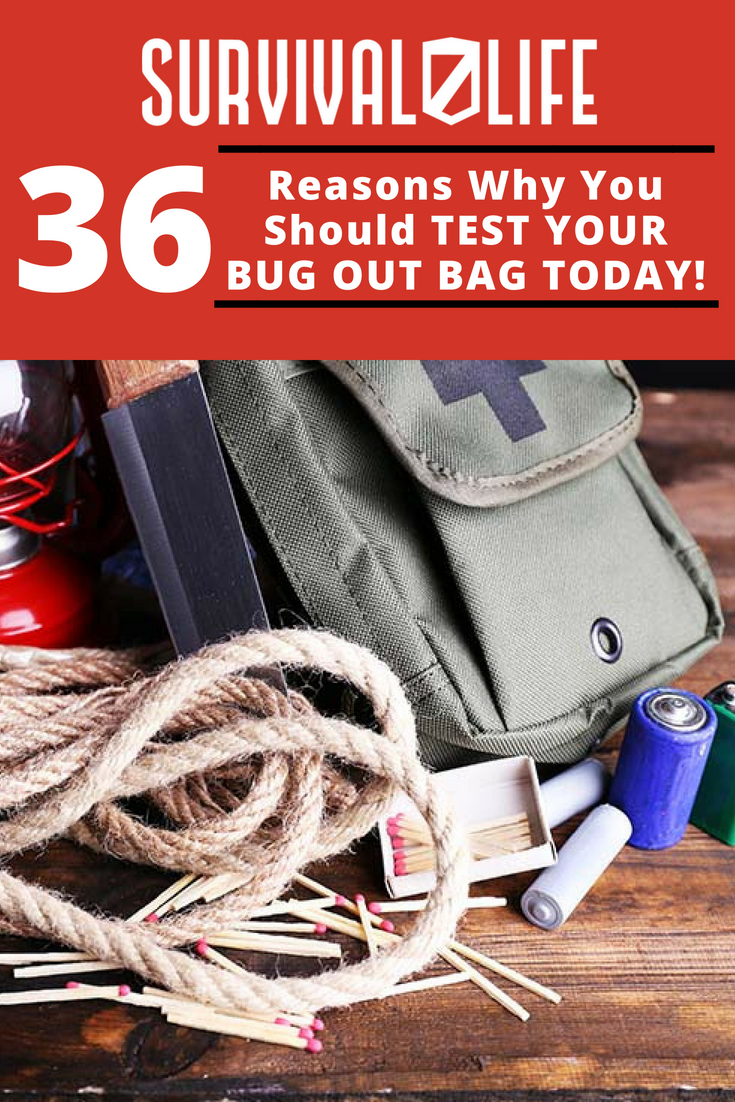
Want to take your emergency preps to the next level? Click here to discover the best tech for your bug out bag.
-

 Do It Yourself7 months ago
Do It Yourself7 months agoParacord Projects | 36 Cool Paracord Ideas For Your Paracord Survival Projects
-

 Do It Yourself9 months ago
Do It Yourself9 months agoHow To Make Paracord Survival Bracelets | DIY Survival Prepping
-

 Do It Yourself9 months ago
Do It Yourself9 months ago21 Home Remedies For Toothache Pain Relief
-

 Do It Yourself10 months ago
Do It Yourself10 months agoSurvival DIY: How To Melt Aluminum Cans For Casting
-

 Exports8 months ago
Exports8 months agoAre Switchblades Legal? Knife Laws By State


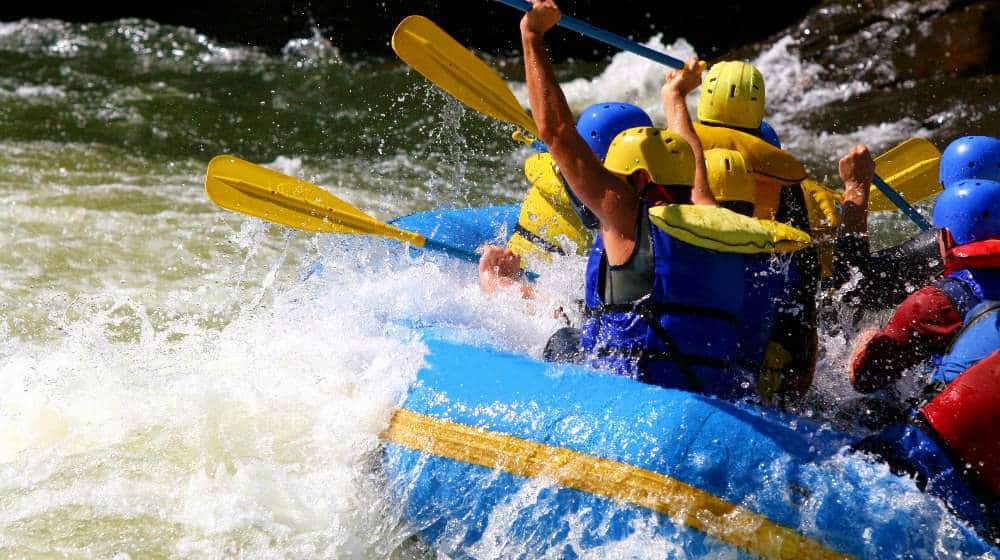


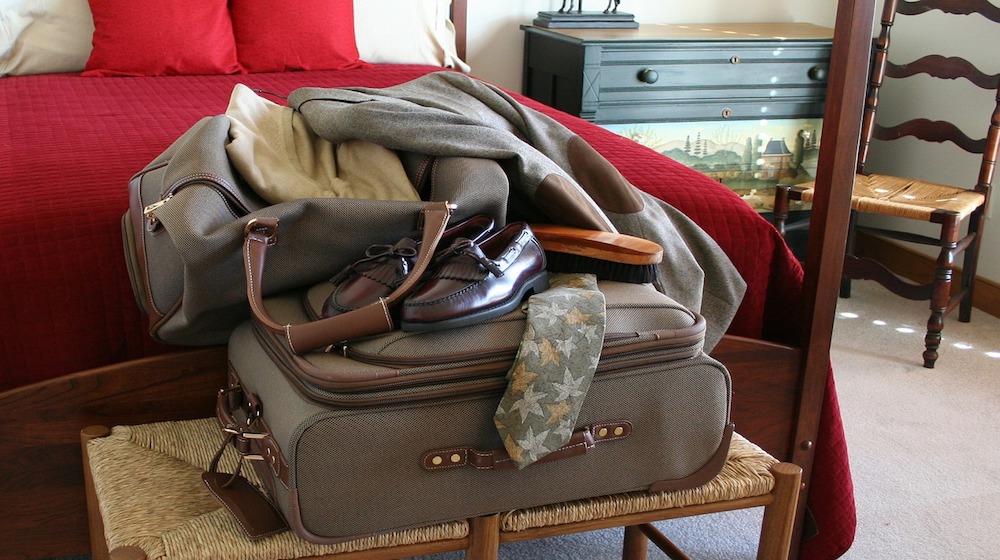


Pingback: Deadly Survival Myths to Avoid | Survival Life
Evan
June 10, 2018 at 9:48 AM
The article mentions alum. tent stakes. Even though real metal ones are heavier, they are more of an all terrain tent stake. for hard ground, rockier ground areas and frozen ground.. These are the only ones I carry.
It’s good to try all the equipment you bought, most prepper sites say it’s the only one I carry, but more than not its not as good as they portray. One last thing I found is sleeping mats. Many folks think you can do without, you may be able to in some cases, but they serve several purposes, they are a buffer from the ground temps and lumpy, rocky, roots ect. When you are young you can just about sleep anywhere, as an older person “64” not so much. Good information above. Thanks
Pingback: Building A Bug Out Bag - Survive!
Pingback: Building A Bug Out Bag – survivalgear
Pingback: Building A Bug Out Bag For Greater Chances of Survival | Survival Life
Pingback: Building A Bug Out Bag – Ultimate Survival Alerts